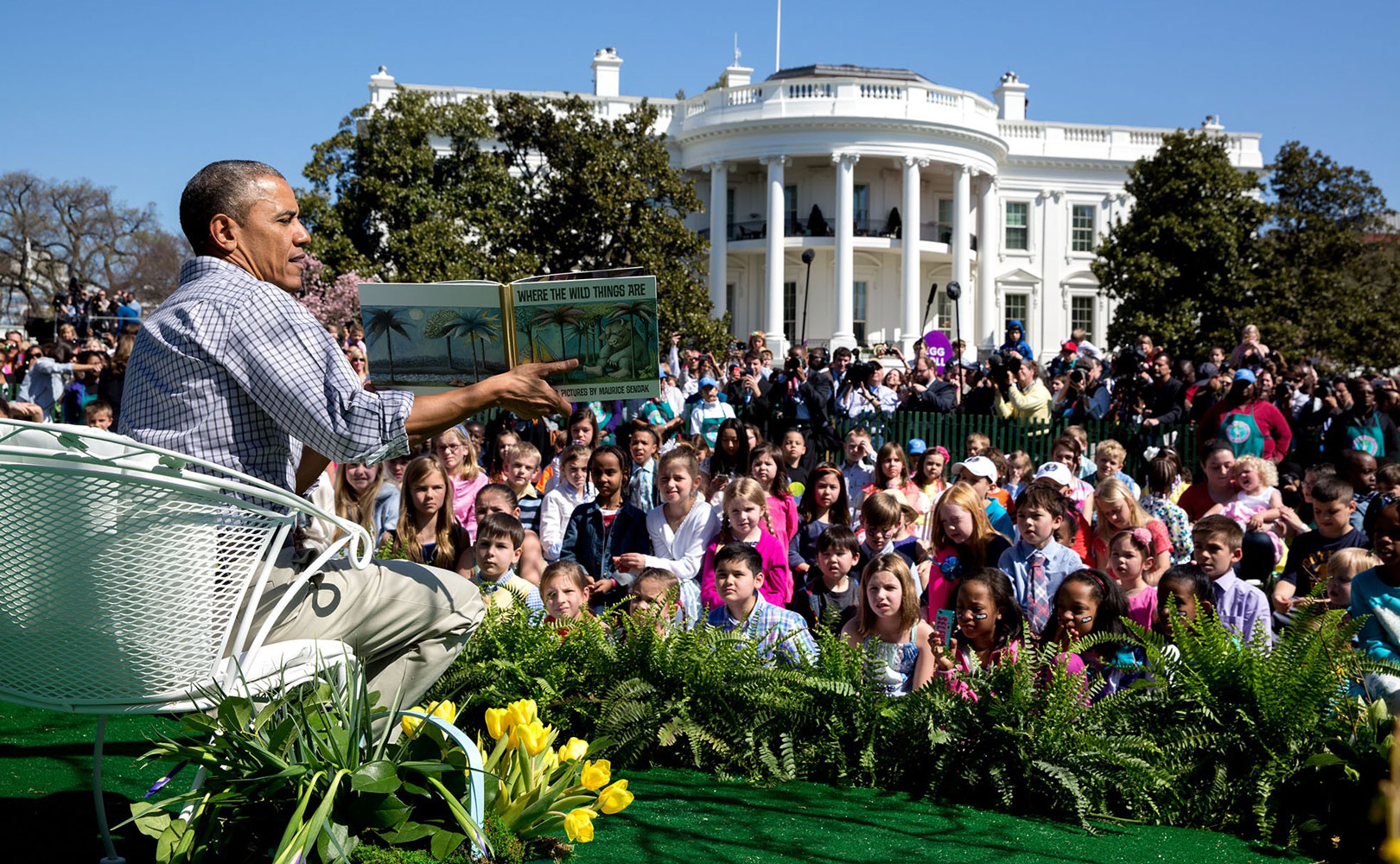AUTOR
beyond horizon 2020
Marco Bouwkamp Ph.D.

budget increase
The average R&D spending of the EU and its member states is too low. The report targets 3% of GDP in 2020, increasing to 4% in subsequent years. Currently, the average spending is at 2% of GDP. The report, therefore, proposes a budget increase to €100 billion. With this budget increase of approximately 25%, the committee also expects to increase the success rate for applicants.
fundamental science versus close-to-market projects
One of the differences between Horizon 2020 and its predecessor, the 7th Framework Program (FP7) is the shift in focus towards close-to-market projects. In particular for the pillars “Societal Challenges” and “Industrial Leadership”, Horizon 2020 tends to target projects with higher Technology Readiness Levels (TRLs).
The report concludes:
- The focus on close-to-market projects limits the development of disruptive innovations.
- The impact of industry-driven Joint Technology Initiatives needs to be evaluated.
- The opportunities for universities and knowledge institutes are insufficient.
The authors propose a distinction between emerging and mature sectors. This would allow the Commission to switch to loans instead of grants in the case of participating mature industries. At the same time, this will leverage private sector investment in research and innovation.
excellence as the main evaluation criterion
Excellence should remain the main evaluation criterion. In particular for projects aiming at fundamental research, impact should be considered less important. In addition, two new sub-criteria for evaluation are proposed:
- Social Sciences & Humanities integration and geographical balance (as part of the impact section)
- Proportionality of the project size to its targets (as part of implementation).
Impact, as it turns out, remains a rather ambiguous criterion and is something both applicants and evaluators struggle with. This calls for a better definition of impact in the context of the Framework Programs. Also, the assessment of impact needs to be aligned with the maturity of the innovation (TRL level).
Another important conclusion is that the quality of the evaluation process needs to improve. To this end, the report calls for better quality assurance by evaluators. In addition, the Evaluation Summary Reports need to provide more in-depth feedback on why proposals get funded or not.
other recommendations
- Address the differences between North-South and East-West (participation gap, brain drain)
- Further simplification and transparency
- Increased international collaboration with non-EU countries
- Stronger focus on Social Sciences & Humanities
- Stronger focus on gender equality
- Strengthen the SME-instrument and Fast Track to Innovation
- Stronger focus on agriculture and health
- New program for early-stage researchers (within 3 years after their PhD)
- Continue with Open Access and Open Science.
conclusionsBORISBLOG5
In general, we expect the 9th Framework Program to resemble Horizon 2020. However, there will be differences in emphasis and implementation. With respect to close-to-market projects, the report is less distinct. The report states that close-to-market projects have gained too much focus. On the other hand, the authors are very enthusiastic about the role and impact of the SME-instrument and Fast Track to Innovation.
Before the 9th Framework Program will become effective, we have one more Work Program to go within the Horizon 2020 program (2018 – 2020). Do you have an innovative project that needs support? Are you planning to collaborate with EU partners? Please let us know and we will, together with you, assess the opportunities.
Horizon2020

SME instrument



areas of expertise
Evers + Manders grant consultants strives to offer innovative clients the best possible service and offers a wealth of knowledge and experience in its chosen areas of expertise.

services
what can we do for you?

evers + manders
about who we are and what we do

consultants
our team is at your service

blogs
(in Dutch)

clients
the clients for whom we happily go to work every day

successful projects

grant programmes
at Evers + Manders grant consultants, we keep a close eye on the latest grant programmes and we are happy to help you find your way amidst the wealth of possibilities.

vacancies
we are always looking for talent

contact us
address and directions









 Read More
Read More

















































